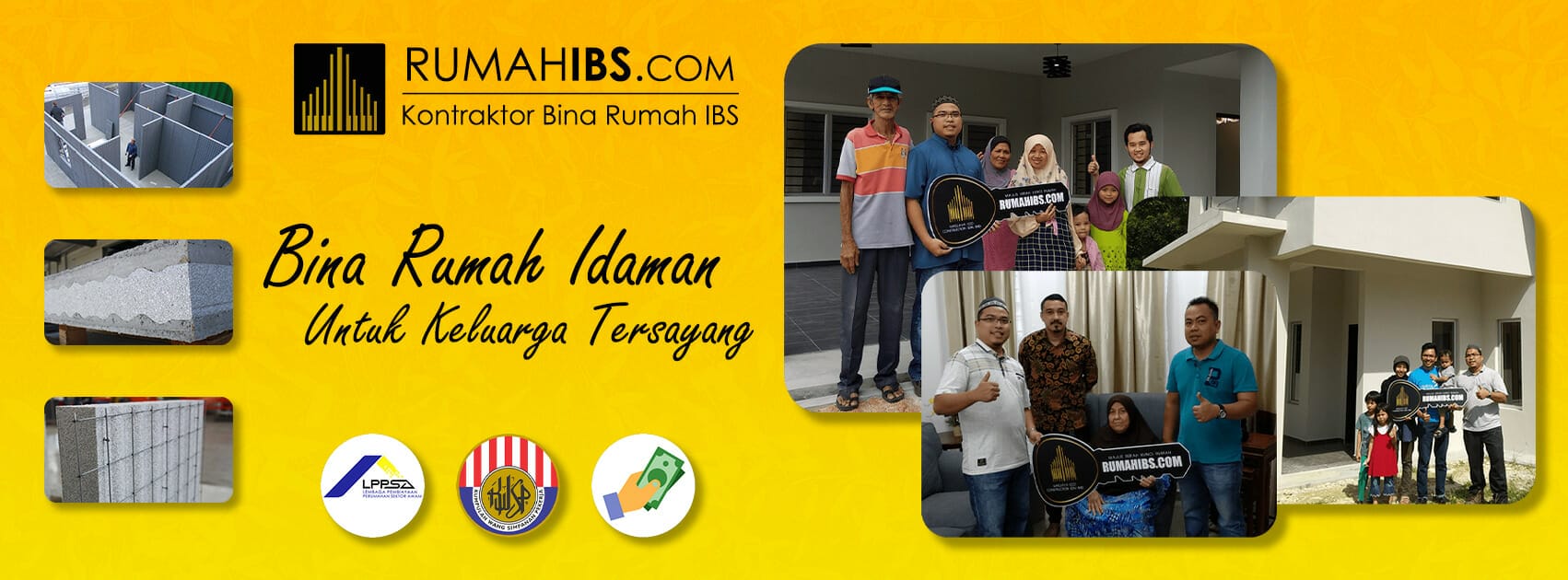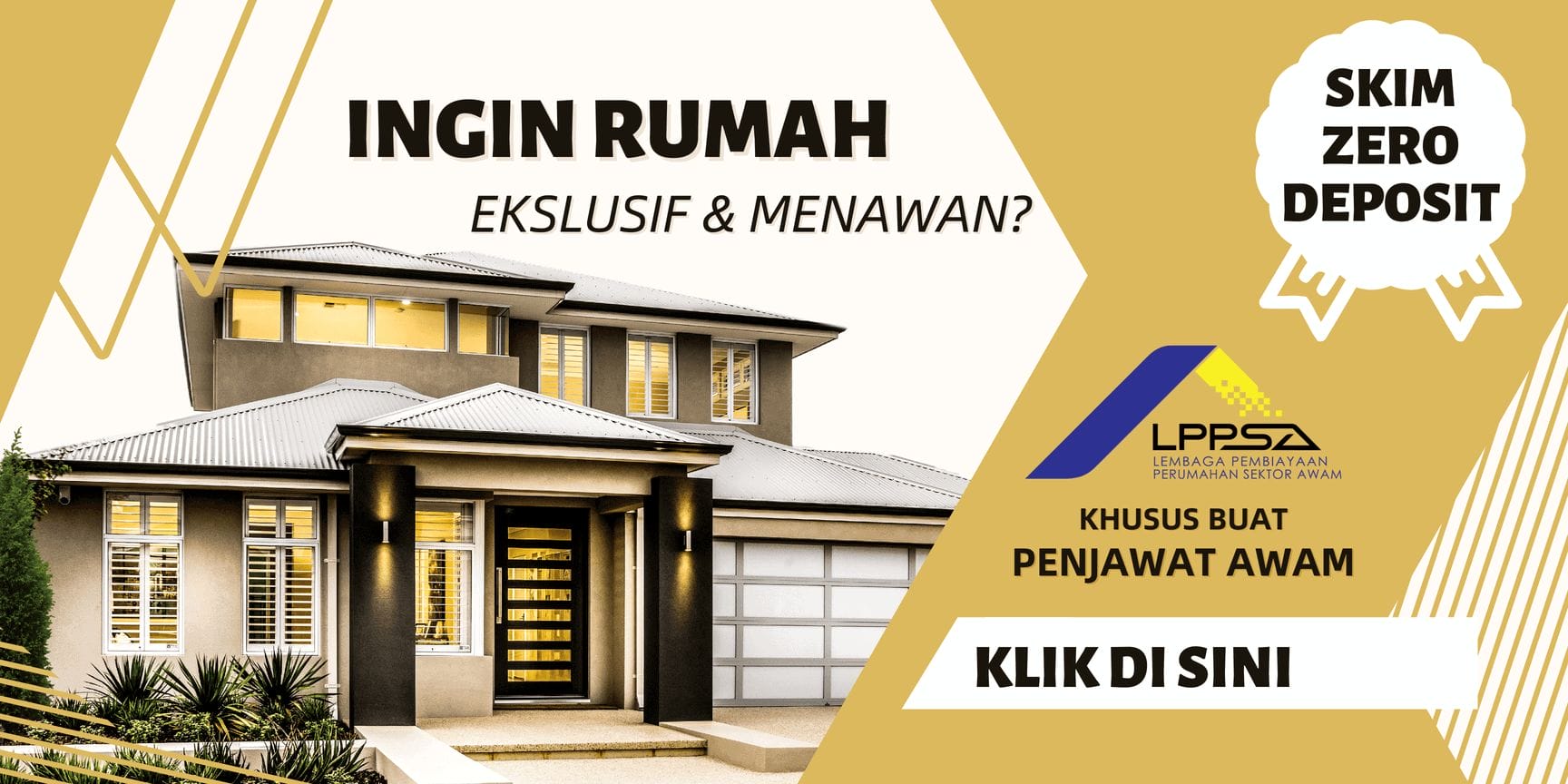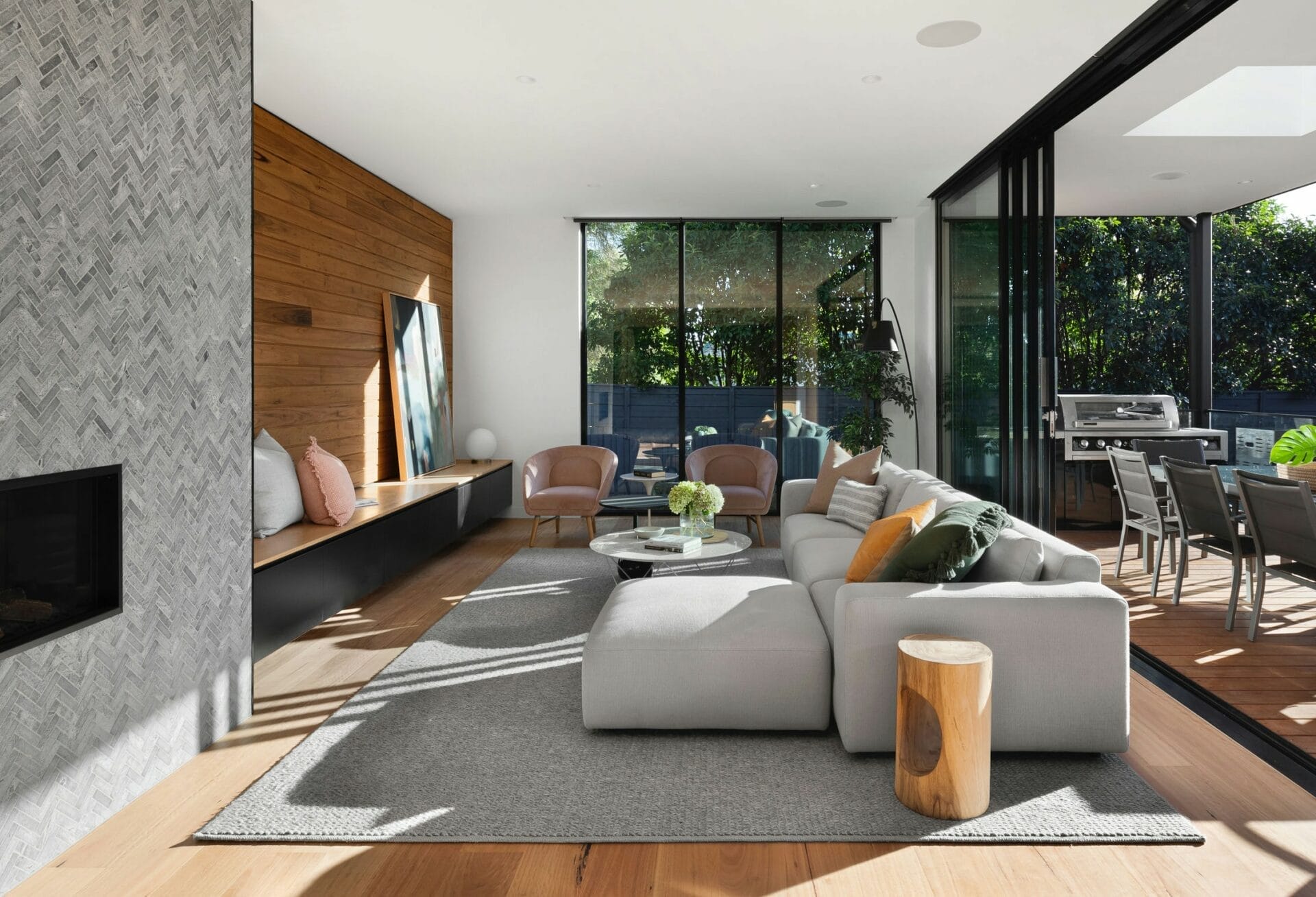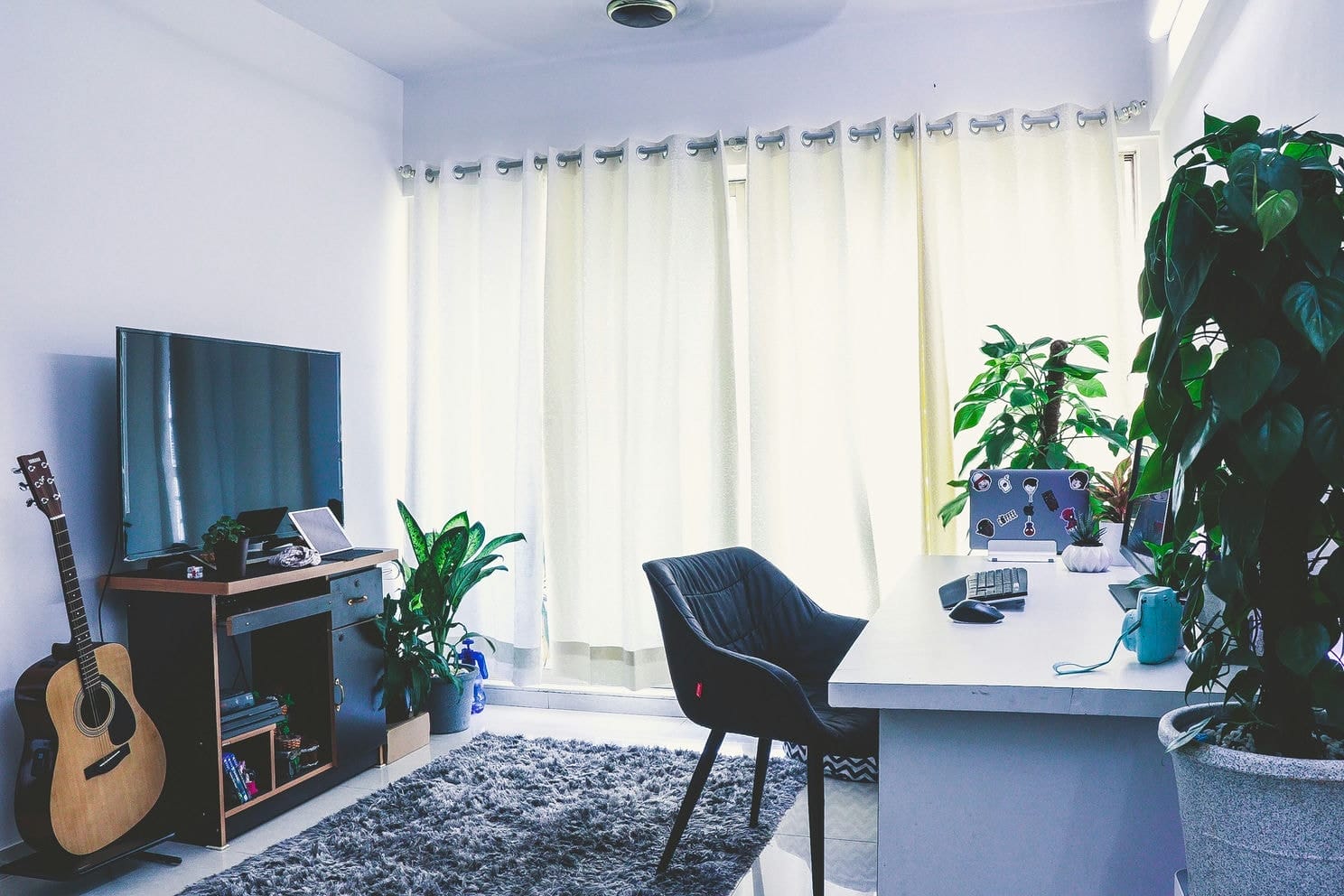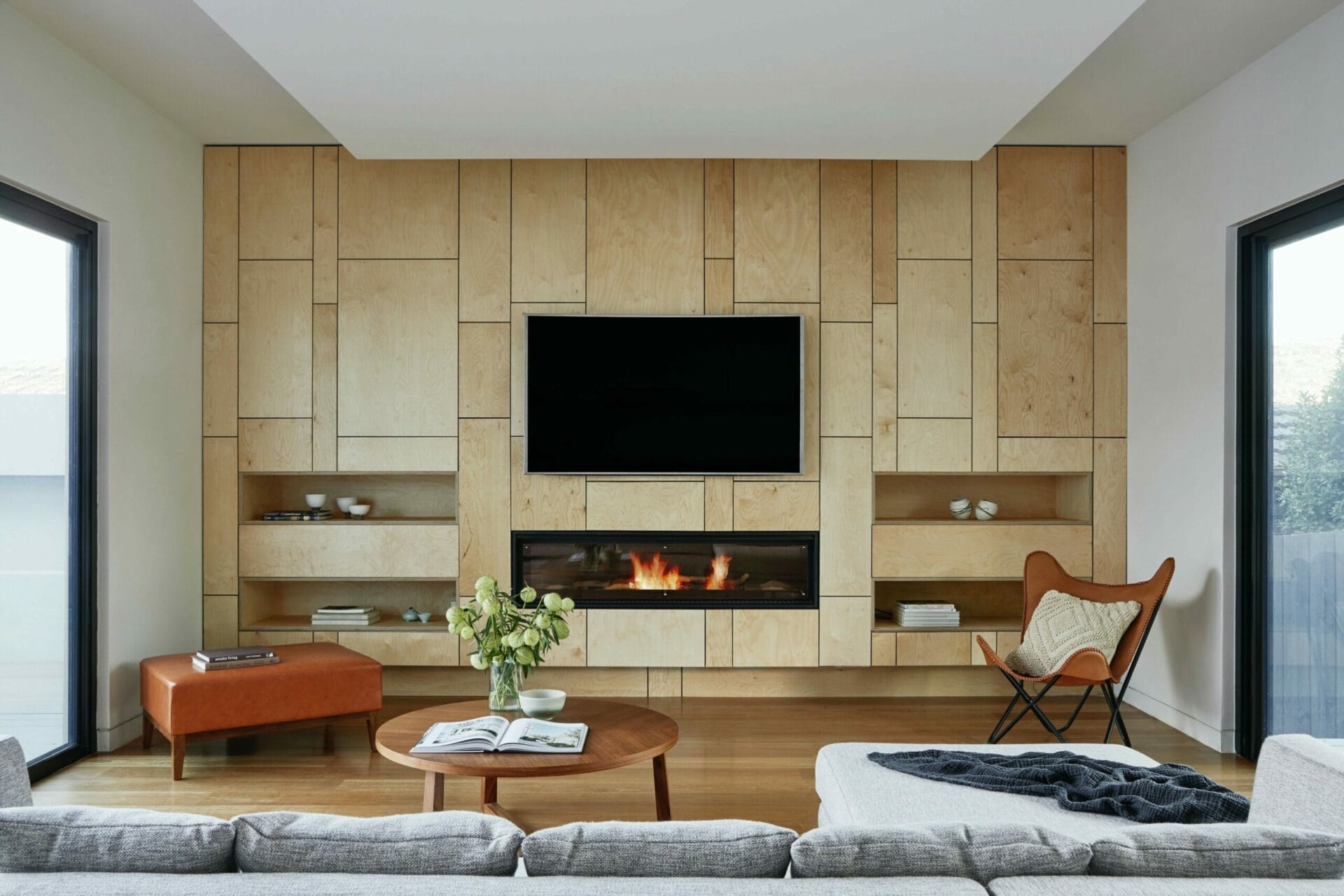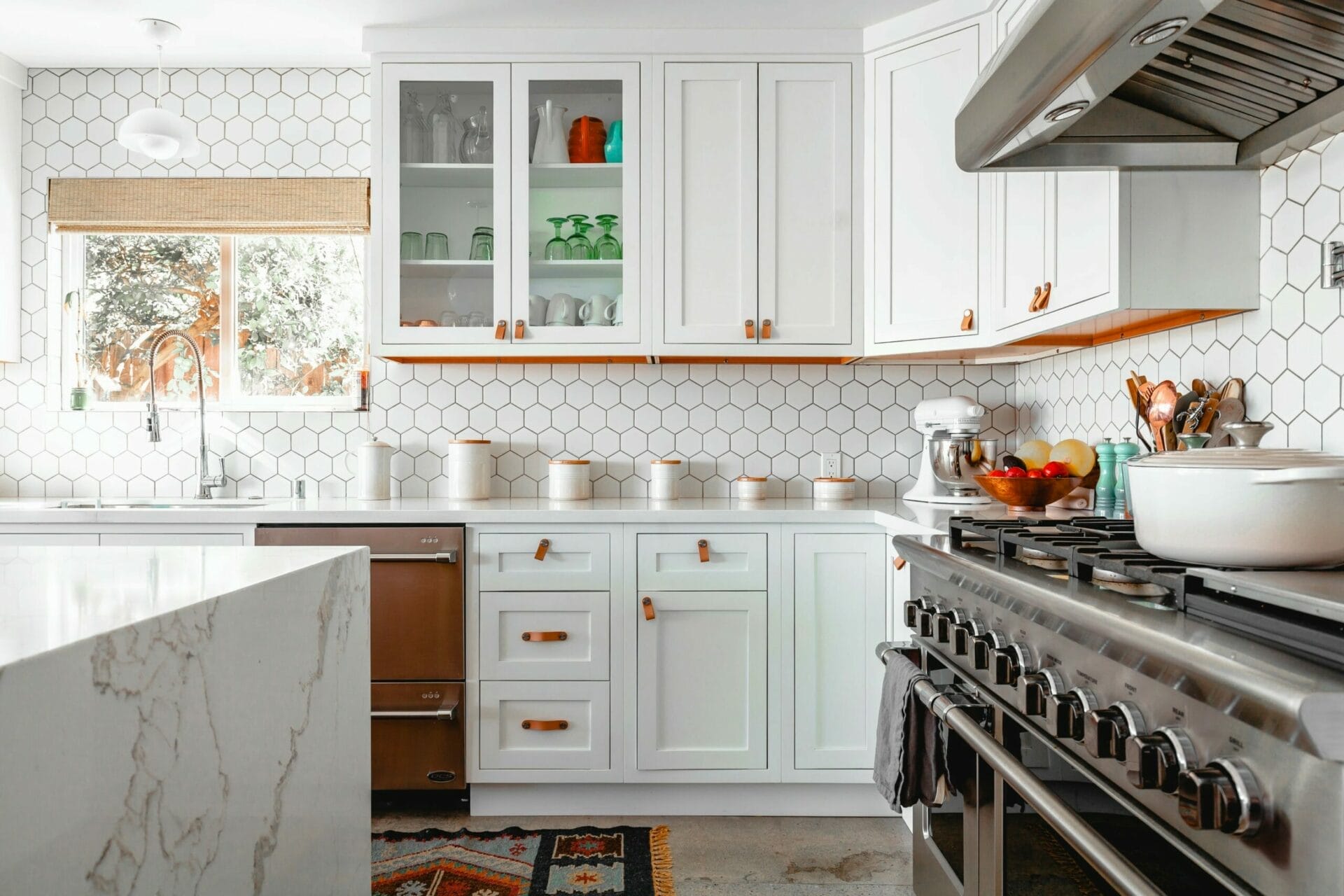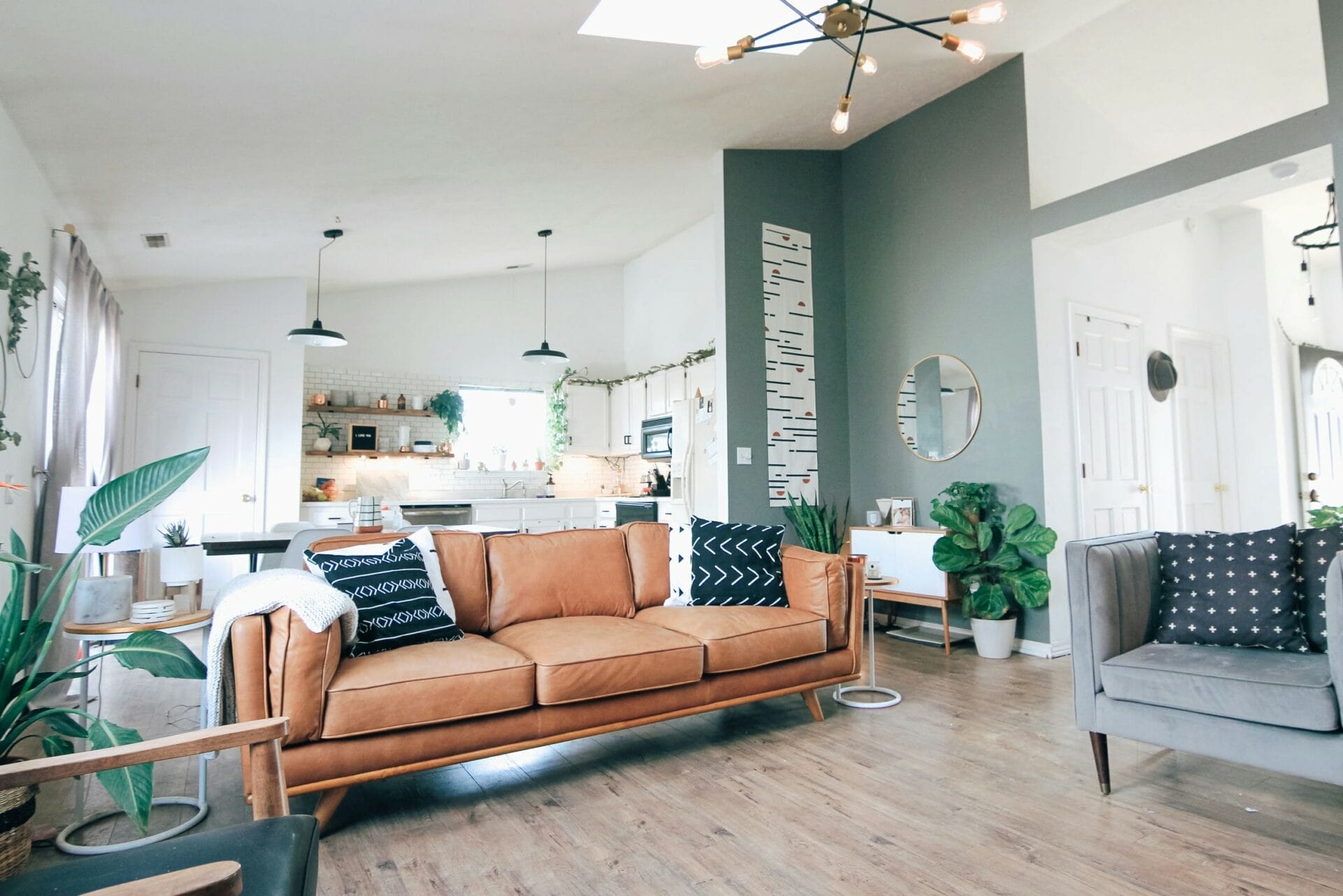Building Your Dream Home: A Comprehensive Guide to Budget-Friendly Construction on Private Land
1. Introduction
Welcome to the journey of building your dream home in Malaysia! In recent years, there has been a growing trend towards constructing affordable homes on private land. Whether you’re a first-time homebuilder or looking to upgrade to a custom-built home, embarking on this adventure opens up a world of possibilities.
Embracing Budget-Friendly Construction
Building a home on your own land not only gives you the freedom to design a space that reflects your lifestyle but also allows you to manage costs more effectively. With the right approach, you can create a beautiful and functional home without breaking the bank.
Sustainable Building Practices in Malaysia
In Malaysia, there’s an increasing emphasis on sustainable building practices. As the country strives towards environmental conservation and reducing carbon emissions, homeowners are encouraged to explore eco-friendly construction methods. From incorporating energy-efficient design features to using locally sourced materials, there are various ways to minimize your ecological footprint while building your dream home.
Tailoring Your Home to Your Needs
One of the most exciting aspects of building on private land is the ability to customize every detail of your home. Whether you dream of a cozy cottage nestled in the countryside or a modern masterpiece with sleek lines and minimalist aesthetics, the possibilities are endless. By working closely with architects and designers, you can bring your vision to life and create a space that truly feels like home.
Joining the Movement
Are you ready to join the ranks of proud homeowners who have built their dream homes on their own land? Throughout this article, we’ll explore the ins and outs of budget-friendly home construction in Malaysia. From finding the perfect piece of land to navigating the permitting process and incorporating sustainable building practices, we’ll cover everything you need to know to embark on this exciting journey. So, grab a cup of coffee, sit back, and let’s dive into the world of homebuilding in Malaysia!
Table: Advantages of Budget-Friendly Home Construction
| Advantages | Description |
|---|---|
| Cost-Effectiveness | Building on private land allows for better cost management, ensuring that you stay within your budget. |
| Customization | You have the freedom to design a home that suits your lifestyle, preferences, and needs perfectly. |
| Sustainability | By incorporating eco-friendly practices, you can reduce your environmental impact and energy costs. |
| Long-Term Investment | Building a home on your own land is a valuable investment that can provide stability and financial security. |
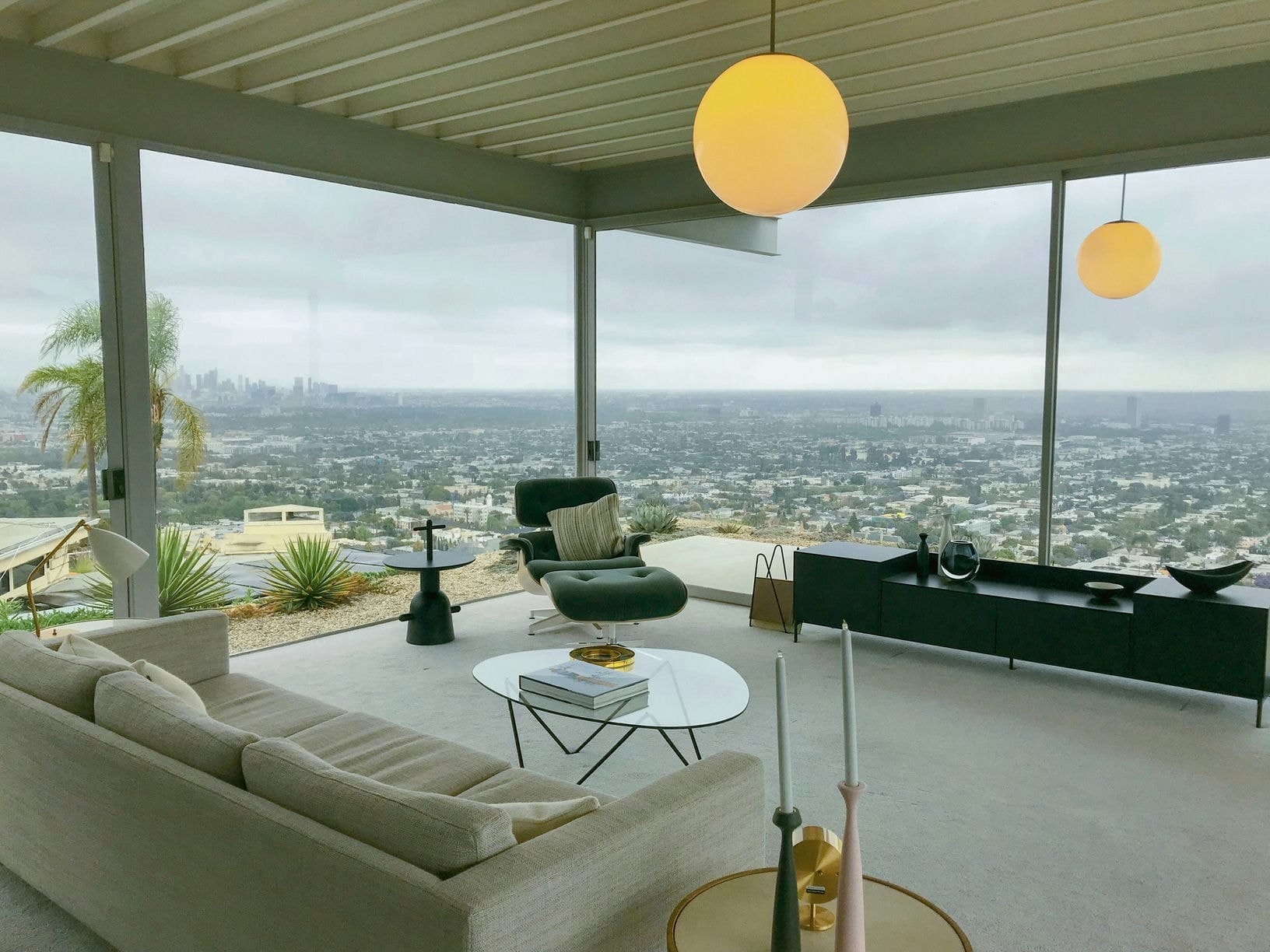
alice kang Bc uN5PeErA unsplash
2. Finding the Perfect Piece of Land
Are you ready to embark on the exciting journey of building your dream home in Malaysia? The first step is finding the perfect piece of land to bring your vision to life. Let’s explore some essential tips for selecting the ideal location for your future home.
Understanding Your Needs and Preferences
Before you start your search for land, take some time to reflect on your needs and preferences. Consider factors such as location, size, terrain, and proximity to amenities. Do you envision a serene retreat in the countryside or a vibrant urban oasis? Understanding your priorities will help narrow down your search and ensure that you find a piece of land that aligns with your vision.
Exploring Different Locations
Malaysia offers a diverse range of landscapes, from lush rainforests to bustling city centers. Take the time to explore different regions and evaluate their suitability for your future home. Consider factors such as climate, accessibility, and community amenities. Whether you’re drawn to the tropical beaches of Penang or the cultural richness of Malacca, there’s a perfect location waiting for you.
Consulting with Local Experts
When it comes to finding the right piece of land, local knowledge is invaluable. Consider consulting with real estate agents who specialize in land sales in your desired area. They can provide valuable insights into market trends, property values, and available listings. Additionally, reach out to local architects and builders who can offer guidance on land suitability and potential challenges.
Conducting Due Diligence
Before making any decisions, it’s essential to conduct thorough due diligence on potential land parcels. This includes researching zoning regulations, land use restrictions, and environmental considerations. Work with a qualified land surveyor to assess the property boundaries and identify any potential issues such as flooding or soil instability. By doing your homework upfront, you can avoid costly surprises down the road.
Making an Informed Decision
Armed with all the necessary information, it’s time to make an informed decision and choose the perfect piece of land for your future home. Consider factors such as affordability, suitability, and future development potential. Trust your instincts and choose a location that feels right for you and your family. Remember, this is the foundation upon which your dream home will be built, so take your time and choose wisely.
Table: Factors to Consider When Selecting Land
| Factors | Description |
|---|---|
| Location | Consider proximity to amenities, accessibility, and community vibe. |
| Size | Determine the size of the land parcel based on your home design and lifestyle needs. |
| Terrain | Assess the terrain for suitability for construction and landscaping purposes. |
| Zoning Regulations | Research local zoning regulations to ensure compliance with intended land use. |
| Environmental Considerations | Evaluate environmental factors such as soil quality, drainage, and ecological impact. |
Choosing the perfect piece of land is the first step towards turning your dream home into a reality. By carefully considering your needs, exploring different locations, consulting with local experts, conducting due diligence, and making an informed decision, you can set the stage for a successful homebuilding journey in Malaysia.
3. Designing Your Dream Home
Congratulations on finding the perfect piece of land for your future home in Malaysia! Now comes the fun part: designing your dream home. This is your opportunity to create a space that reflects your personality, lifestyle, and aspirations. Let’s explore some essential tips for designing a home that you’ll love for years to come.
Defining Your Vision
Before you start sketching floor plans or browsing design catalogs, take some time to define your vision for your dream home. What architectural styles inspire you? Do you prefer open-concept living spaces or cozy nooks for relaxation? Consider how you envision your daily life in your new home and what features are essential to you and your family.
Working with Professionals
While you may have a clear vision of your dream home, bringing that vision to life requires expertise and experience. Consider working with architects and designers who specialize in residential construction. They can help translate your ideas into actionable plans, navigate building codes and regulations, and ensure that your home is both functional and aesthetically pleasing.
Incorporating Sustainable Design Features
In line with Malaysia’s commitment to sustainable development, consider incorporating eco-friendly design features into your home. This includes using energy-efficient appliances, maximizing natural light through strategic window placement, and integrating passive cooling techniques such as cross ventilation and shading. By prioritizing sustainability, you can reduce your environmental footprint and save on long-term energy costs.
Customizing Your Space
One of the most exciting aspects of designing your dream home is the ability to customize every detail to suit your needs and preferences. From the layout of the rooms to the choice of finishes and fixtures, every decision should reflect your personal style and enhance your daily life. Don’t be afraid to think outside the box and incorporate unique features that make your home truly one-of-a-kind.
Staying Within Budget
While it’s tempting to splurge on luxury finishes and extravagant features, it’s essential to stay within your budget to avoid financial strain. Work closely with your design team to prioritize your must-have features and allocate your budget accordingly. Remember that quality doesn’t always come with a hefty price tag, and there are plenty of affordable options available that still offer durability and style.
Table: Essential Features to Consider in Home Design
| Feature | Description |
|---|---|
| Open-Concept Layout | Maximizes space and promotes flow between living areas. |
| Energy-Efficient Appliances | Reduces energy consumption and lowers utility bills. |
| Natural Lighting | Enhances mood and productivity while reducing the need for artificial lighting. |
| Sustainable Materials | Minimizes environmental impact and promotes eco-friendly living. |
| Flexible Spaces | Allows for multi-functional use of rooms to adapt to changing needs over time. |
Designing your dream home is an exciting and rewarding process that allows you to create a space that truly reflects who you are. By defining your vision, working with professionals, incorporating sustainable design features, customizing your space, and staying within budget, you can bring your dream home to life in Malaysia.

ali inay 0h9LsnY13Hs unsplash scaled
4. Navigating the Permitting Process
Congratulations on making progress towards building your dream home in Malaysia! Now that you’ve found the perfect piece of land and have a vision for your home design, it’s time to navigate the permitting process. While obtaining building permits may seem daunting, it’s an essential step to ensure that your construction project complies with local regulations and safety standards. Let’s explore some essential tips for navigating the permitting process smoothly.
Understanding Building Regulations
Before you can begin construction on your dream home, it’s crucial to understand the local building regulations that govern the permitting process in Malaysia. These regulations may vary depending on factors such as location, zoning, and the type of construction. Take the time to research and familiarize yourself with the requirements specific to your area to avoid any delays or complications.
Securing Building Permits
Once you have a clear understanding of the building regulations, it’s time to secure the necessary permits for your construction project. This typically involves submitting detailed plans and documentation to the local authorities for review and approval. Work closely with your architect or designer to ensure that your plans meet all the necessary requirements and address any concerns raised by the permitting officials.
Navigating the Approval Process
The permitting process can be time-consuming, with multiple stages of review and approval required before construction can commence. Be prepared to navigate the approval process patiently and diligently, providing any additional information or revisions requested by the authorities. Stay in regular communication with the permitting officials to ensure that your application progresses smoothly and efficiently.
Adhering to Safety Standards
In addition to complying with building regulations, it’s essential to adhere to safety standards throughout the construction process. This includes ensuring that your plans incorporate proper structural design, fire safety measures, and accessibility features. By prioritizing safety, you can create a home that not only meets regulatory requirements but also provides a secure and comfortable living environment for you and your family.
Hiring Professionals
Navigating the permitting process can be complex and time-consuming, so it’s advisable to seek assistance from professionals who are experienced in dealing with local authorities. Consider hiring a permit expediter or consulting with a construction project manager who can guide you through the process and ensure that all the necessary paperwork is completed accurately and on time.
Table: Essential Steps in the Permitting Process
| Step | Description |
|---|---|
| Research Regulations | Understand local building regulations and permit requirements. |
| Prepare Documentation | Gather detailed plans, drawings, and other documentation for permit submission. |
| Submit Permit Application | Present your application to the local authorities and pay any required fees. |
| Review and Approval | Await review and approval from the permitting officials, addressing any feedback or revisions. |
| Obtain Permit | Receive the approved permit and post it prominently at the construction site. |
Navigating the permitting process is a crucial step towards realizing your dream home in Malaysia. By understanding building regulations, securing the necessary permits, navigating the approval process diligently, adhering to safety standards, and seeking assistance from professionals, you can ensure a smooth and successful construction journey.
5. Exploring Industrialized Building Systems (IBS)
As you embark on your journey to build your dream home in Malaysia, it’s essential to explore innovative construction methods that can streamline the building process and enhance efficiency. Industrialized Building Systems (IBS) offer a modern approach to construction that can revolutionize the way homes are built. Let’s delve into the advantages of IBS and how it can benefit your homebuilding project.
Understanding Industrialized Building Systems
Industrialized Building Systems (IBS) involve the prefabrication of building components in a controlled factory environment, which are then transported to the construction site for assembly. This modular approach to construction allows for greater precision, speed, and cost-effectiveness compared to traditional building methods.
Advantages of IBS
Table: Advantages of Industrialized Building Systems
| Advantages | Description |
|---|---|
| Faster Construction | IBS reduces construction time significantly by minimizing on-site work and streamlining assembly processes. |
| Cost-Effectiveness | Prefabricated components can be mass-produced at lower costs, resulting in overall cost savings for the project. |
| Quality Assurance | Components manufactured in a controlled factory environment undergo rigorous quality control measures, ensuring consistency and reliability. |
| Reduced Environmental Impact | IBS reduces construction waste and minimizes site disturbances, promoting sustainability and eco-friendliness. |
Types of IBS Components
IBS encompasses a wide range of building components, including prefabricated walls, floors, roofs, and even entire modular units. These components are designed and manufactured to precise specifications, ensuring a high level of quality and consistency. By leveraging the benefits of prefabrication, builders can expedite the construction process and minimize on-site disruptions.
Implementing IBS in Your Project
If you’re considering incorporating IBS into your homebuilding project, it’s essential to work with experienced contractors and suppliers who specialize in this construction method. They can provide valuable insights into the design and implementation of IBS components, helping you maximize the benefits and efficiency of your project.
Case Studies: Successful IBS Projects in Malaysia
Table: Case Studies of Successful IBS Projects
| Project | Description |
|---|---|
| Rumah Selangorku | The Rumah Selangorku affordable housing program in Selangor has successfully implemented IBS to accelerate construction and deliver quality homes to residents. |
| High-Rise Developments | Many high-rise residential and commercial developments in urban areas have adopted IBS to streamline construction and meet tight project timelines. |
| Sustainable Housing Initiatives | Various sustainable housing initiatives in Malaysia have embraced IBS as a key enabler of eco-friendly and energy-efficient construction practices. |
Embracing Innovation in Homebuilding
As Malaysia continues to evolve and grow, embracing innovation in homebuilding is essential to meet the demands of a rapidly changing landscape. Industrialized Building Systems (IBS) offer a promising solution for achieving faster, more cost-effective, and sustainable construction outcomes. By exploring the advantages of IBS and incorporating this innovative approach into your homebuilding project, you can pave the way for a smoother and more efficient construction journey.

alfons morales RmRb1oaWBb8 unsplash scaled
6. Financing Your Home Construction Project
Now that you’ve laid the groundwork for building your dream home in Malaysia, it’s time to turn your attention to financing your construction project. Whether you’re building on your own land or embarking on a major renovation, securing the right financing is crucial to bringing your vision to life. Let’s explore some essential tips for financing your home construction project effectively.
Exploring Financing Options
When it comes to financing your home construction project, there are several options available to consider. From traditional mortgages to construction loans and home equity lines of credit (HELOCs), it’s essential to explore the various financing options and choose the one that best suits your needs and financial situation.
Understanding Construction Loans
Construction loans are specifically designed to fund the construction of a new home or major renovation project. Unlike traditional mortgages, which provide a lump sum payment upfront, construction loans disburse funds in stages as construction progresses. This allows you to pay for materials and labor as needed, minimizing interest costs during the construction phase.
Securing Pre-Approval
Before you start your home construction project, it’s advisable to secure pre-approval for your financing to establish a budget and demonstrate your financial readiness to lenders. This involves submitting documentation such as income statements, credit reports, and construction plans to the lender for review. Once pre-approved, you’ll have a clearer understanding of your borrowing capacity and can proceed with confidence.
Managing Construction Costs
Once your financing is in place, it’s crucial to manage your construction costs effectively to ensure that you stay within budget. Work closely with your contractor and project manager to develop a detailed budget and monitor expenses throughout the construction process. Be prepared for unexpected costs and contingencies, and prioritize spending on essential aspects of the project.
Exploring Government Assistance Programs
In Malaysia, there are various government assistance programs available to help homebuyers finance their construction projects. From subsidized loans for first-time homebuyers to grants and incentives for eco-friendly construction practices, it’s worth exploring these programs to see if you qualify for assistance.
Table: Financing Options for Home Construction
| Financing Option | Description |
|---|---|
| Construction Loans | Specifically designed to fund the construction of a new home or major renovation project. |
| Home Equity Lines of Credit | Allows homeowners to borrow against the equity in their existing home to finance construction. |
| Traditional Mortgages | Lump sum loans that are used to purchase an existing home or refinance an existing mortgage. |
| Government Assistance Programs | Subsidized loans, grants, and incentives provided by the government to assist homebuyers. |
Financing your home construction project is a significant undertaking, but with careful planning and consideration of your options, you can secure the funding you need to bring your dream home to life. By exploring financing options, understanding construction loans, securing pre-approval, managing construction costs effectively, and exploring government assistance programs, you can navigate the financing process with confidence and embark on your construction journey in Malaysia.
7. Sustainable Building Practices
As you embark on your journey to build your dream home in Malaysia, consider incorporating sustainable building practices into your construction project. Sustainable building practices not only reduce environmental impact but also promote energy efficiency and long-term cost savings. Let’s explore some essential tips for integrating sustainability into your home construction project.
Embracing Eco-Friendly Materials
One of the easiest ways to make your home construction project more sustainable is by using eco-friendly materials. Opt for materials that are locally sourced, renewable, and low in embodied energy. From bamboo flooring to recycled glass countertops, there are plenty of eco-friendly options available that can enhance the aesthetic appeal of your home while minimizing environmental impact.
Maximizing Energy Efficiency
Energy efficiency is a key aspect of sustainable building practices. Incorporate energy-efficient design features such as proper insulation, high-performance windows, and energy-efficient appliances to reduce energy consumption and lower utility bills. Consider integrating passive solar design principles to harness natural light and heat, further reducing your reliance on artificial lighting and heating systems.
Minimizing Waste and Pollution
Construction projects can generate a significant amount of waste and pollution, but there are steps you can take to minimize environmental impact. Reuse and recycle materials whenever possible, and properly dispose of construction waste to prevent pollution. Consider using low-VOC (volatile organic compound) paints and finishes to improve indoor air quality and create a healthier living environment for you and your family.
Harnessing Renewable Energy Sources
Incorporating renewable energy sources such as solar panels or wind turbines into your home design can further reduce your carbon footprint and energy costs. Explore options for generating renewable energy on-site and consider integrating these systems into your home construction project. In addition to reducing your reliance on fossil fuels, renewable energy systems can also provide backup power during outages and contribute to a more resilient energy grid.
Monitoring and Maintenance
Once your sustainable home construction project is complete, it’s essential to monitor and maintain the systems and features that promote sustainability. Regularly inspect and service energy-efficient appliances, renewable energy systems, and other sustainable features to ensure optimal performance and longevity. By staying proactive about maintenance, you can maximize the benefits of your sustainable home and continue to reduce your environmental impact over time.
Table: Sustainable Building Practices Checklist
| Practice | Description |
|---|---|
| Eco-Friendly Materials | Use locally sourced, renewable materials with low embodied energy. |
| Energy Efficiency | Incorporate high-performance windows, proper insulation, and energy-efficient appliances. |
| Waste Minimization | Reuse and recycle materials, and properly dispose of construction waste to prevent pollution. |
| Renewable Energy Integration | Explore options for generating renewable energy on-site, such as solar panels or wind turbines. |
| Monitoring and Maintenance | Regularly inspect and service sustainable features to ensure optimal performance and longevity. |
By embracing sustainable building practices in your home construction project, you can create a space that not only meets your needs and preferences but also contributes to a healthier planet for future generations. From using eco-friendly materials and maximizing energy efficiency to minimizing waste and pollution, there are many ways to make your home construction project more sustainable in Malaysia.
Congratulations on embarking on the exciting journey of building your dream home in Malaysia! As you’ve learned throughout this article, budget-friendly home construction on private land offers a world of possibilities for creating a space that reflects your lifestyle, values, and aspirations. Let’s recap some key points and encourage you to take the next steps towards making your dream home a reality.
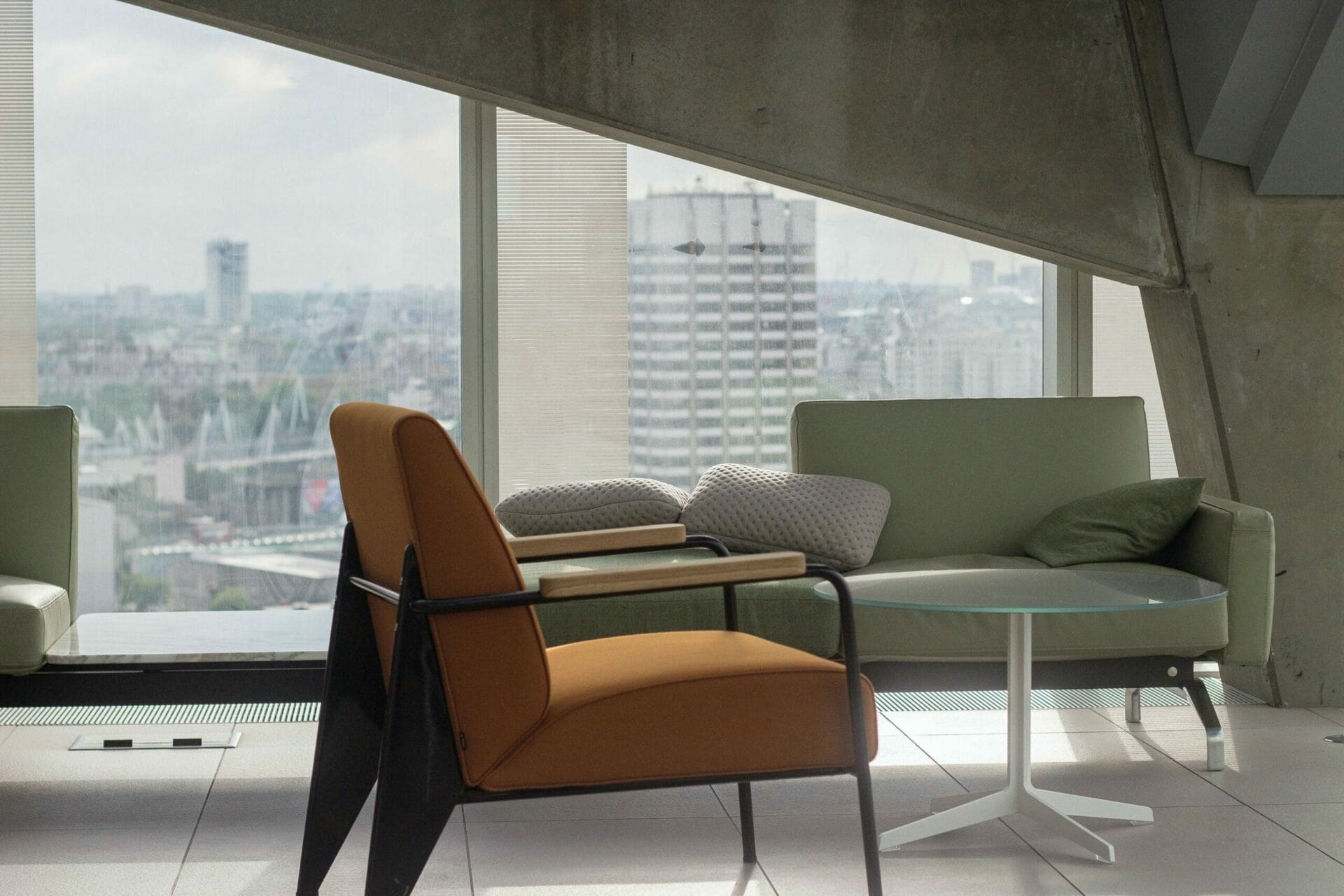
alexander pemberton skLqGtLrYKc unsplash scaled
Recap of Key Points
- Finding the Perfect Piece of Land: Take the time to explore different locations, understand local regulations, and choose a piece of land that aligns with your vision.
- Designing Your Dream Home: Work with professionals to define your vision, customize your space, and incorporate sustainable design features.
- Navigating the Permitting Process: Understand building regulations, secure the necessary permits, and adhere to safety standards to ensure a smooth construction process.
- Exploring Industrialized Building Systems (IBS): Consider the benefits of prefabrication and modular construction for faster, more cost-effective, and sustainable building outcomes.
- Financing Your Home Construction Project: Explore financing options, secure pre-approval, and manage construction costs effectively to stay within budget.
- Embracing Sustainable Building Practices: Incorporate eco-friendly materials, maximize energy efficiency, minimize waste and pollution, and harness renewable energy sources to create a more sustainable home.
Take the Next Steps
Now that you have a solid understanding of the key considerations involved in budget-friendly home construction on private land, it’s time to take the next steps towards turning your dream into reality. Whether you’re in the early stages of planning or ready to break ground, there are plenty of resources and professionals available to support you along the way.
Resources for Further Information
- Local Authorities: Consult with local authorities for guidance on zoning regulations, building permits, and environmental considerations specific to your area.
- Professional Associations: Reach out to architects, builders, and contractors who specialize in residential construction for expert advice and assistance.
- Online Resources: Explore websites, forums, and publications dedicated to home construction and sustainable building practices for inspiration and information.
Ready to Build Your Dream Home?
Building your dream home on your own land is an exciting and rewarding journey that offers endless possibilities for creativity, customization, and sustainability. By leveraging the tips and insights shared in this article, you can navigate the complexities of home construction with confidence and embark on a path towards creating a space that you’ll love for years to come.
Table: Next Steps Checklist
| Step | Description |
|---|---|
| Consult with Professionals | Seek guidance from architects, builders, and contractors specializing in home construction. |
| Research Local Regulations | Understand zoning regulations, building codes, and permitting requirements specific to your area. |
| Secure Financing | Explore financing options, secure pre-approval, and develop a budget for your construction project. |
| Design Your Dream Home | Work with professionals to define your vision, customize your space, and incorporate sustainable features. |
| Begin Construction | Break ground on your construction project and watch your dream home take shape! |
Are you ready to embark on the journey of building your dream home in Malaysia? With careful planning, thoughtful design, and a commitment to sustainability, you can create a space that not only meets your needs and preferences but also contributes to a greener, more sustainable future. So, what are you waiting for? Let’s start building!



